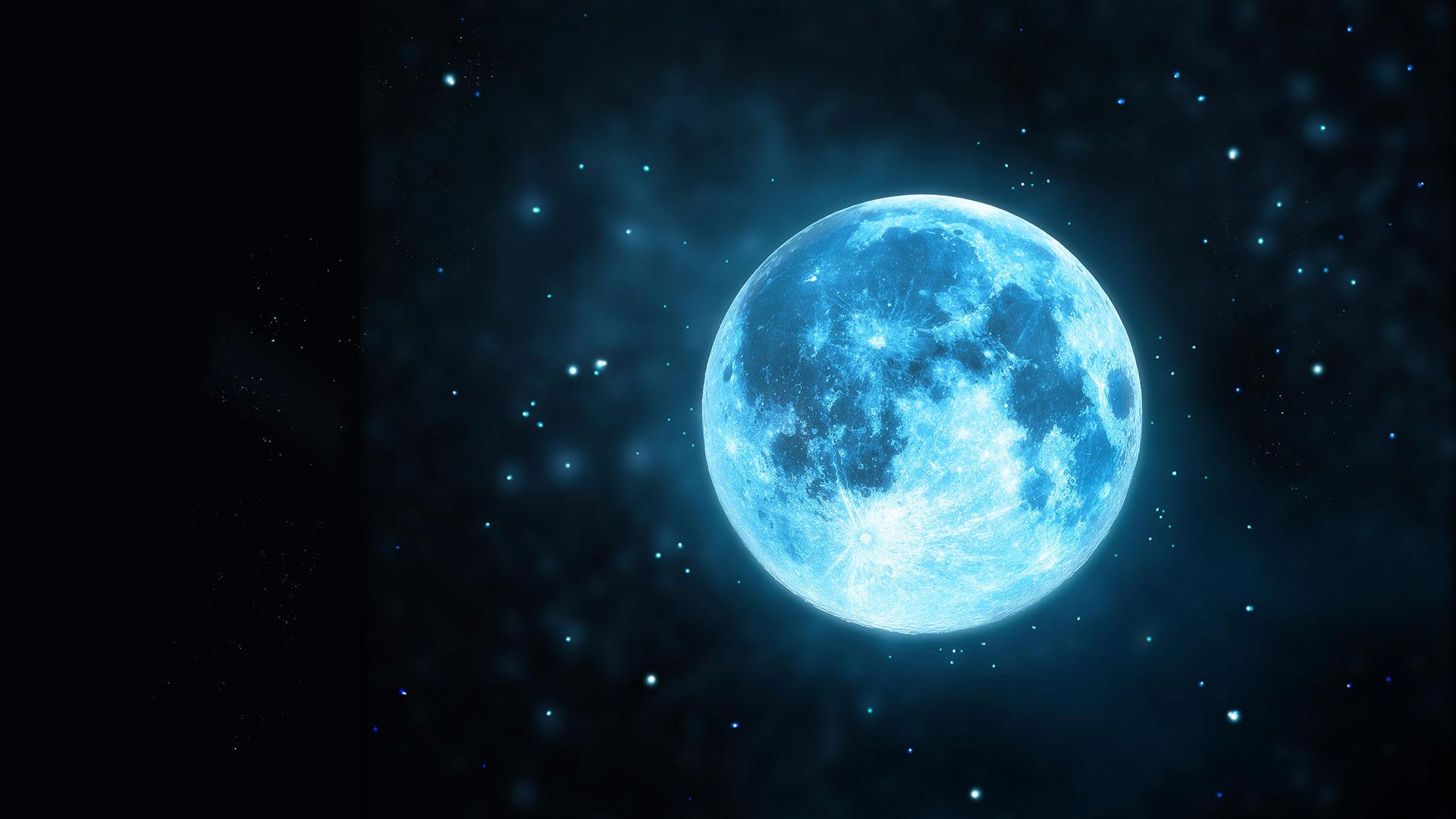31 August 2023
09 June 2020
Lunar calibration has become a key component of the calibration tools implemented by satellite operators to monitor the drift of their instruments. The GSICS Implementation of the ROLO model (GIRO), developed by EUMETSAT, has been endorsed as the established community-available reference for lunar calibration, validated against the USGS ROLO model. It was a core goal following the First Joint GSICS/IVOS lunar calibration workshop, which was organised in December 2014 by EUMETSAT, in collaboration with USGS, CNES and NASA.
More recently, many initiatives were undertaken by the members of the lunar calibration community to contribute to the international effort to achieve higher accuracy, to develop new approaches for lunar calibration reference models, and to define new lunar inter-calibration products.
In order to pursue the efforts of sharing knowledge and expertise on lunar calibration, the Second Joint GSICS/IVOS lunar calibration workshop was held in Xi’an, China, 13–16 November 2017, organised by the China Meteorological Administration (CMA) and the Xi’an Institute of Optics and Precision Mechanics, in partnership with EUMETSAT, USGS, NOAA and NASA. More than 60 people representing 22 agencies or research institutes attended this workshop.
Objectives and outcomes
The main objectives of the workshop were to:
- share knowledge and expertise on the latest dedicated ground-based lunar observation campaigns, and also space-based lunar datasets, that can help with refining the current lunar calibration reference;
- share knowledge and expertise in the preparation of lunar irradiance measurements from observations by the instruments to be monitored;
- work jointly on algorithms to compare and inter-calibrate instruments with lunar observation capabilities;
- explore further alternative applications of lunar observations for calibration purposes or post-launch assessments, such as geometric and MTF characterisation.
The second lunar calibration workshop successfully brought together again the GSICS and WGCV/IVOS communities. New topics of interest, such as MTF inference using Moon imagery, could strengthen the exchange between the two groups. Many institutes of the Chinese Academy of Science working on the development of new instruments (including instrumentation dedicated to lunar observations) participated for the first time.
The increasing level of participation and discussion show the broad interest in using lunar calibration for instrument performance monitoring, cross-comparisons, inter-calibration, and absolute calibration (when available).
A list of decisions, actions and recommendations was established to pursue this international collaboration, which is available on the GSICS wiki page.
After the success of the first and second lunar calibration workshop, all participants agreed on the need to organise, within the next two years, another lunar calibration workshop.
Programme and reports
Details: Programme and presentations
Schedule
| Title | Details |
|---|---|
| Third Joint GSICS/IVOS lunar calibration workshop | Planned for second half of 2019 |
| Second Joint GSICS/IVOS lunar calibration workshop | Xi’an, 11–14 November 2017 |
| First Joint GSICS/IVOS lunar calibration workshop | Darmstadt, 1–4 December 2014 |
Organisation
Participants:
- Sébastien Wagner (EUMETSAT)
- Xiuqing (Scott) Hu (CMA)
- Shuang Wang (XIOPM)
- Thomas Stone (USGS)
- Xiangqian (Fred) Wu (NOAA)
- Xiaoxiong (Jack) Xiong (NASA)
Contact
IRS-MAG secretary
Dr Sébastien Wagner
Remote Sensing Scientist – Visible Calibration
Remote Sensing and Products Division (RSP)
EUMETSAT
Email

